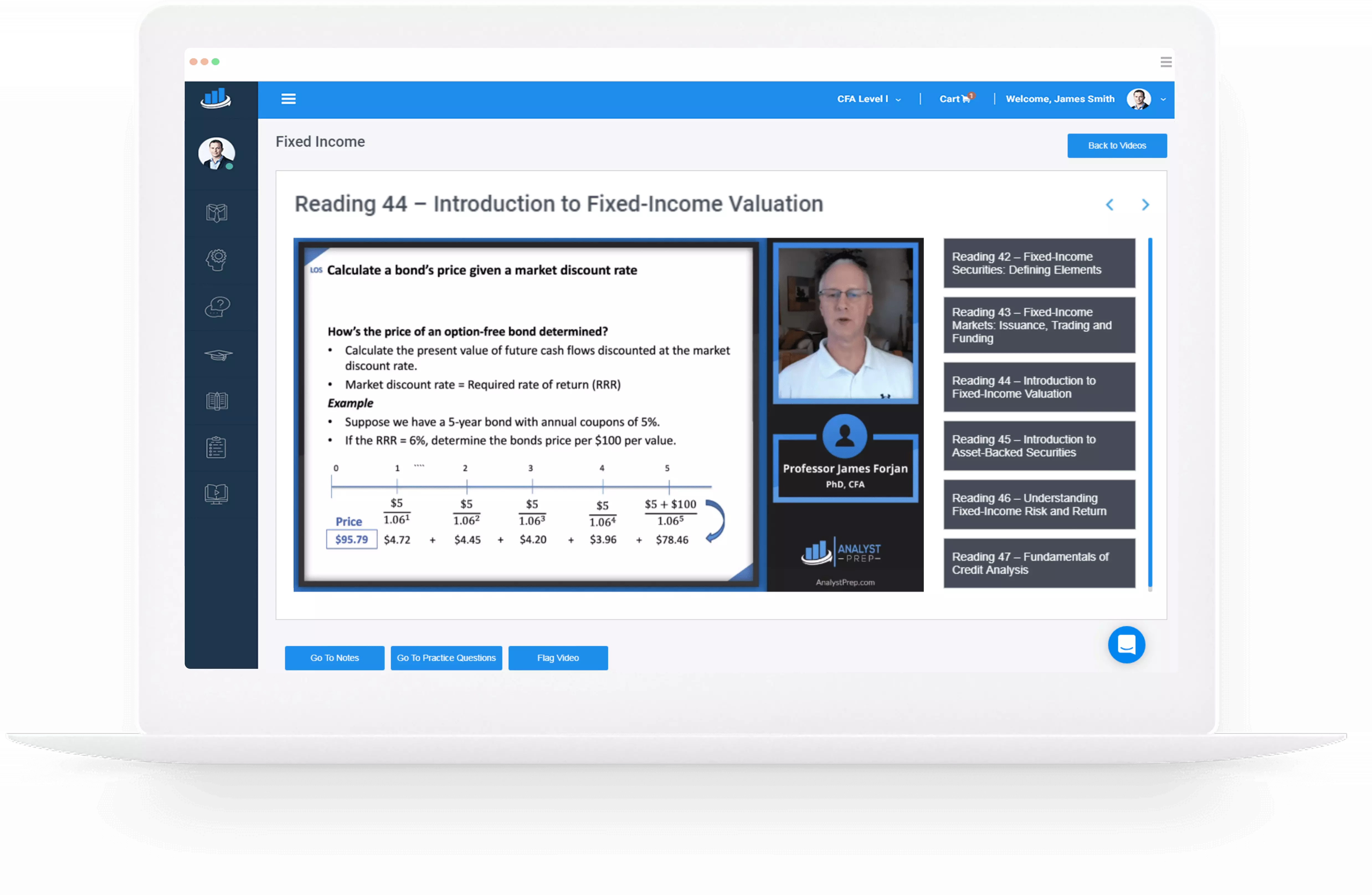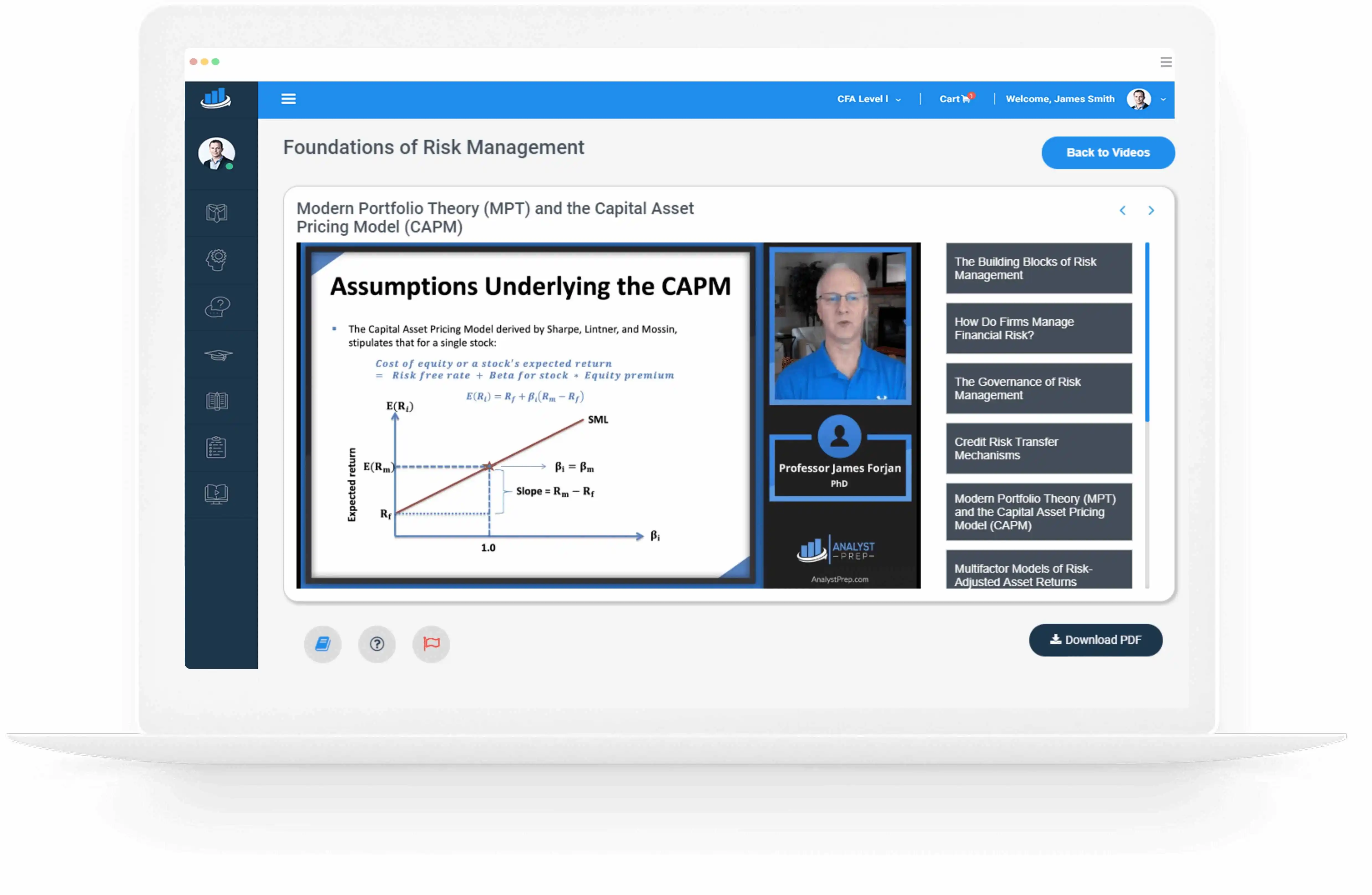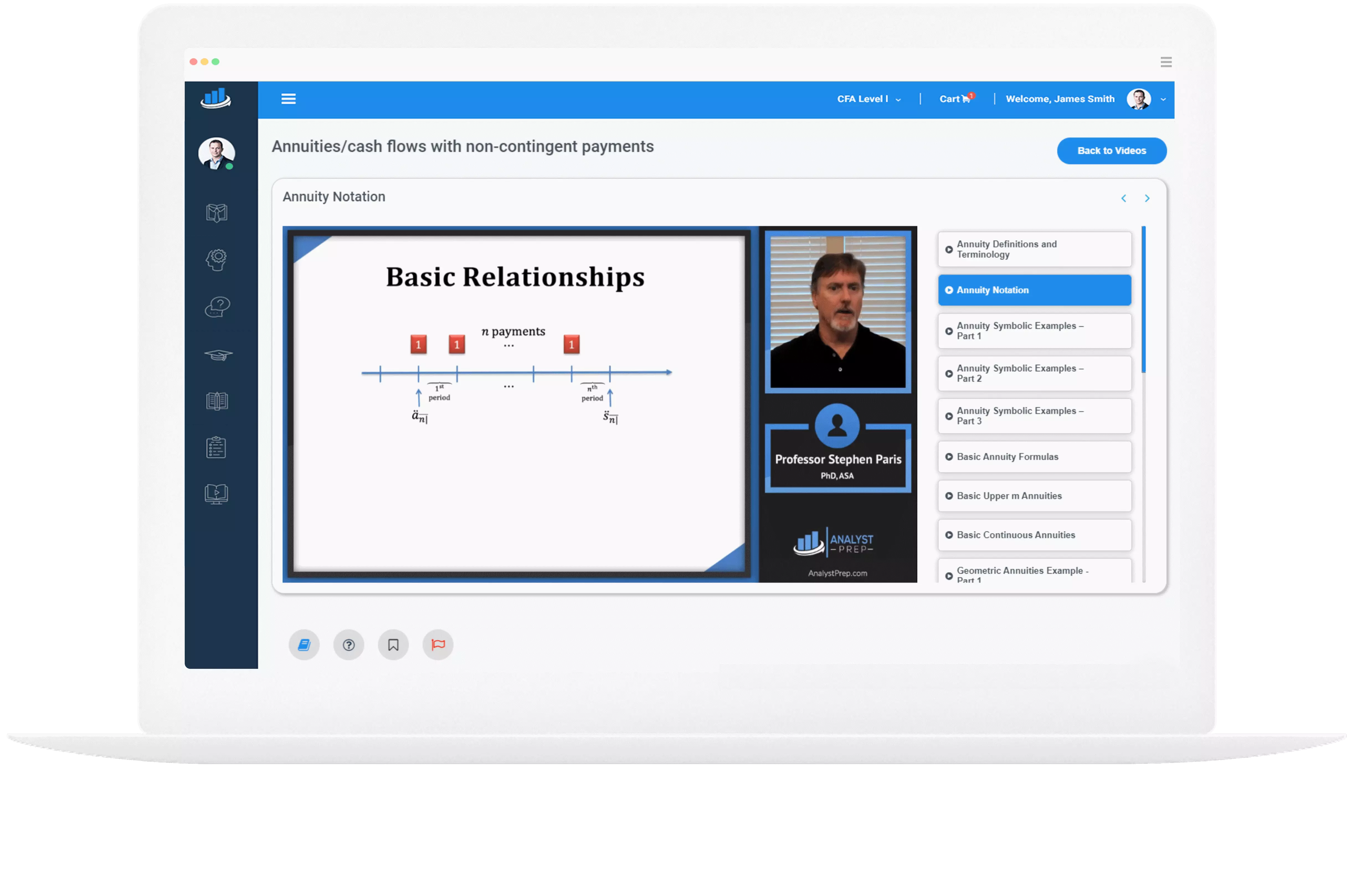

The target capital structure of a company refers to the capital which the company is striving to obtain. In other words, target capital structure describes the mix of debt, preferred stock and common equity which is expected to optimize the stock price of a company. As a company raises new capital, it will focus on maintaining this target or optimal capital structure.
To determine the weights to be used in the computation of WACC of a company, a manager should ideally use the proportion of each source of capital which will be used.
For example, if a company has three sources of capital: debt, common equity, and preferred stock, then:
\(w_d\), the proportion of debt:
\(w_e\), the proportion of equity:
\(w_p\), the proportion of preferred stocks:
However, if the target capital structure is known and the company attempts to raise capital in a manner which is consistent with this target, then the target capital structure should be used.
An external analyst will most likely not know the target capital structure of a company, and will, therefore, have to estimate it using one of the following methods:
an example will help to explain this concept Further.
An analyst wishes to determine the proportion of debt and equity that Company ABC would use to estimate these proportions using (i) the current capital structure of Company ABC, and (ii) the average of company ABC’s competitors’ capital structure. The following information is given:
Company ABC market value of debt = $25 million
Company ABC market value of equity = $35 million
Company ABC’s competitors and their capital structures are:
Solution to (i):
\(w_d\), the proportion of company ABC debt =
\(w_e\), the proportion of company ABC equity =
Solution to (ii):
\(w_d\), the arithmetic average of company ABC’s competitors’ debt:
\(w_e\), the arithmetic average of company ABC’s competitors’ equity:
Although in the above example, the arithmetic average is calculated, it is also possible to compute the weighted average which would give a greater weight to larger companies.
If the current market value of company XYZ’s debt and common equity are $55 million and $45 million respectively and represents the company’s target capital structure, what is company XYZ’s target capital structure weights?
A. 55% debt; 45% equity
B. 45% debt; 55% equity
C. 50% debt; 50% equity
Solution:
The correct answer is A.
$$ w_d = \cfrac< $55 \text< million>>+$45 \text< million>>=0.55 $$
$$ w_e =\cfrac< $45 \text< million>>+$45 \text< million>>=0.45 $$
Reading 33 LOS 33c:
Describe the use of target capital structure in estimating WACC and how target capital structure weights may be determined
Added to clipboard × Shop CFA® Exam PrepOffered by AnalystPrep

Level I
Level II
Level III
All Three Levels

FRM Part I
FRM Part II
FRM Part I & Part II

Exam P (Probability)
Exam FM (Financial Mathematics)
Exams P & FM

GMAT Focus
Executive Assessment
GRE
Excelente para el FRM 2 Escribo esta revisión en español para los hispanohablantes, soy de Bolivia, y utilicé AnalystPrep para dudas y consultas sobre mi preparación para el FRM nivel 2 (lo tomé una sola vez y aprobé muy bien), siempre tuve un soporte claro, directo y rápido, el material sale rápido cuando hay cambios en el temario de GARP, y los ejercicios y exámenes son muy útiles para practicar.
So helpful. I have been using the videos to prepare for the CFA Level II exam. The videos signpost the reading contents, explain the concepts and provide additional context for specific concepts. The fun light-hearted analogies are also a welcome break to some very dry content. I usually watch the videos before going into more in-depth reading and they are a good way to avoid being overwhelmed by the sheer volume of content when you look at the readings.
Kriti DhawanA great curriculum provider. James sir explains the concept so well that rather than memorising it, you tend to intuitively understand and absorb them. Thank you ! Grateful I saw this at the right time for my CFA prep.
nikhil kumarVery well explained and gives a great insight about topics in a very short time. Glad to have found Professor Forjan's lectures.
Great support throughout the course by the team, did not feel neglected Benjamin anonymous I loved using AnalystPrep for FRM. QBank is huge, videos are great. Would recommend to a friend Daniel GlynI have finished my FRM1 thanks to AnalystPrep. And now using AnalystPrep for my FRM2 preparation. Professor Forjan is brilliant. He gives such good explanations and analogies. And more than anything makes learning fun. A big thank you to Analystprep and Professor Forjan. 5 stars all the way!
michael walsheProfessor James' videos are excellent for understanding the underlying theories behind financial engineering / financial analysis. The AnalystPrep videos were better than any of the others that I searched through on YouTube for providing a clear explanation of some concepts, such as Portfolio theory, CAPM, and Arbitrage Pricing theory. Watching these cleared up many of the unclarities I had in my head. Highly recommended.
Trustpilot rating score: 4.5 of 5, based on 69 reviews.It is crucial that a company effectively manages its accounts receivables, inventory positions. Read More
corporate-finance Sep 12, 2019A preferred stock that does not give its holder the right to convert. Read More
corporate-finance Sep 12, 2019The cost of capital should ideally reflect the riskiness of the future cash. Read More
corporate-finance Sep 12, 2019A company can increase its common equity either by reinvesting its earnings or. Read More

All Rights Reserved
1751 Richardson Street, Montreal, QC H3K 1G5
support@analystprep.com
Disclaimer: “GARP® does not endorse, promote, review, or warrant the accuracy of the products or services offered by AnalystPrep of FRM®-related information, nor does it endorse any pass rates claimed by the provider. Further, GARP® is not responsible for any fees or costs paid by the user to AnalystPrep, nor is GARP® responsible for any fees or costs of any person or entity providing any services to AnalystPrep. FRM®, GARP®, and Global Association of Risk Professionals™ are trademarks owned by the Global Association of Risk Professionals, Inc.
CFA Institute does not endorse, promote or warrant the accuracy or quality of AnalystPrep. CFA® and Chartered Financial Analyst® are registered trademarks owned by CFA Institute.